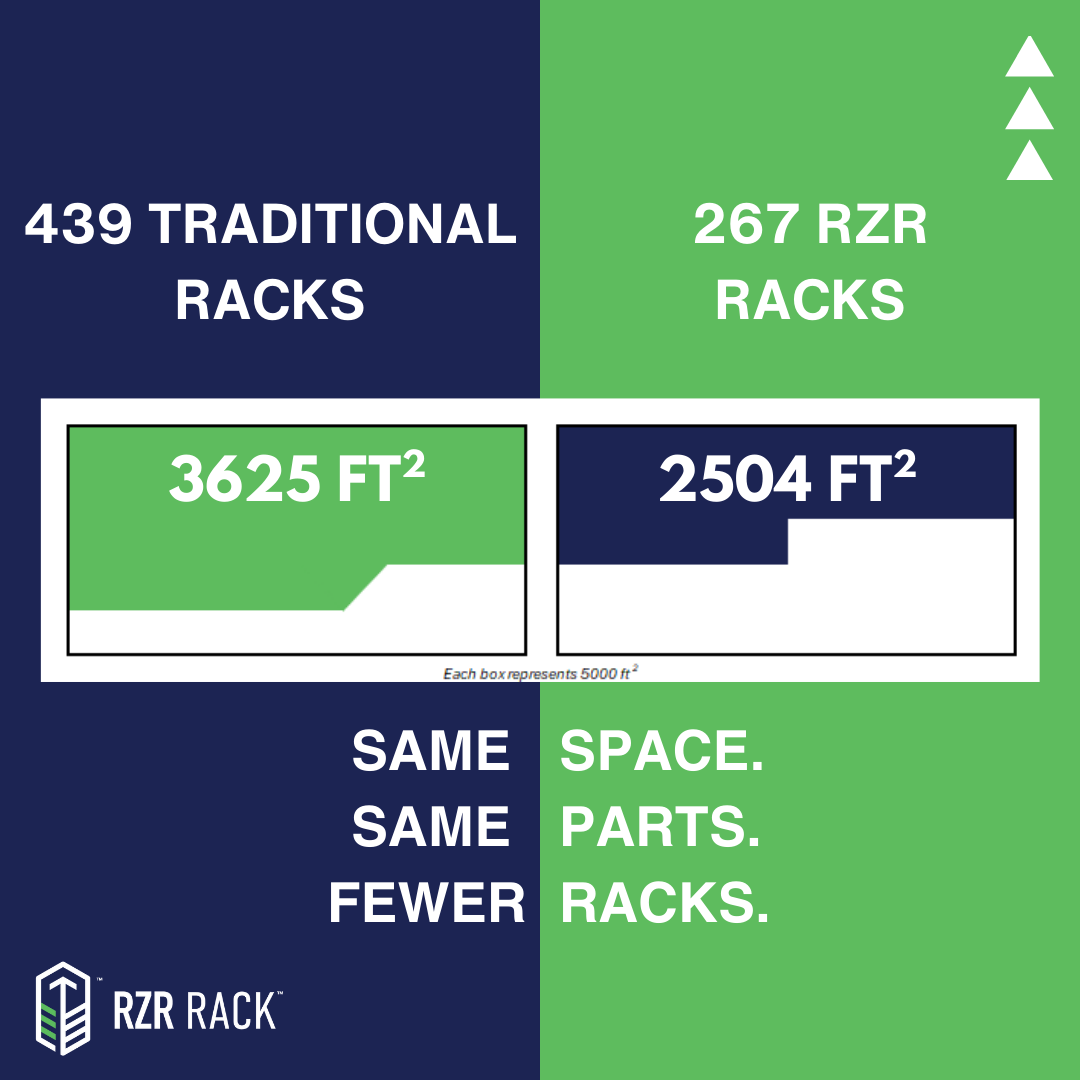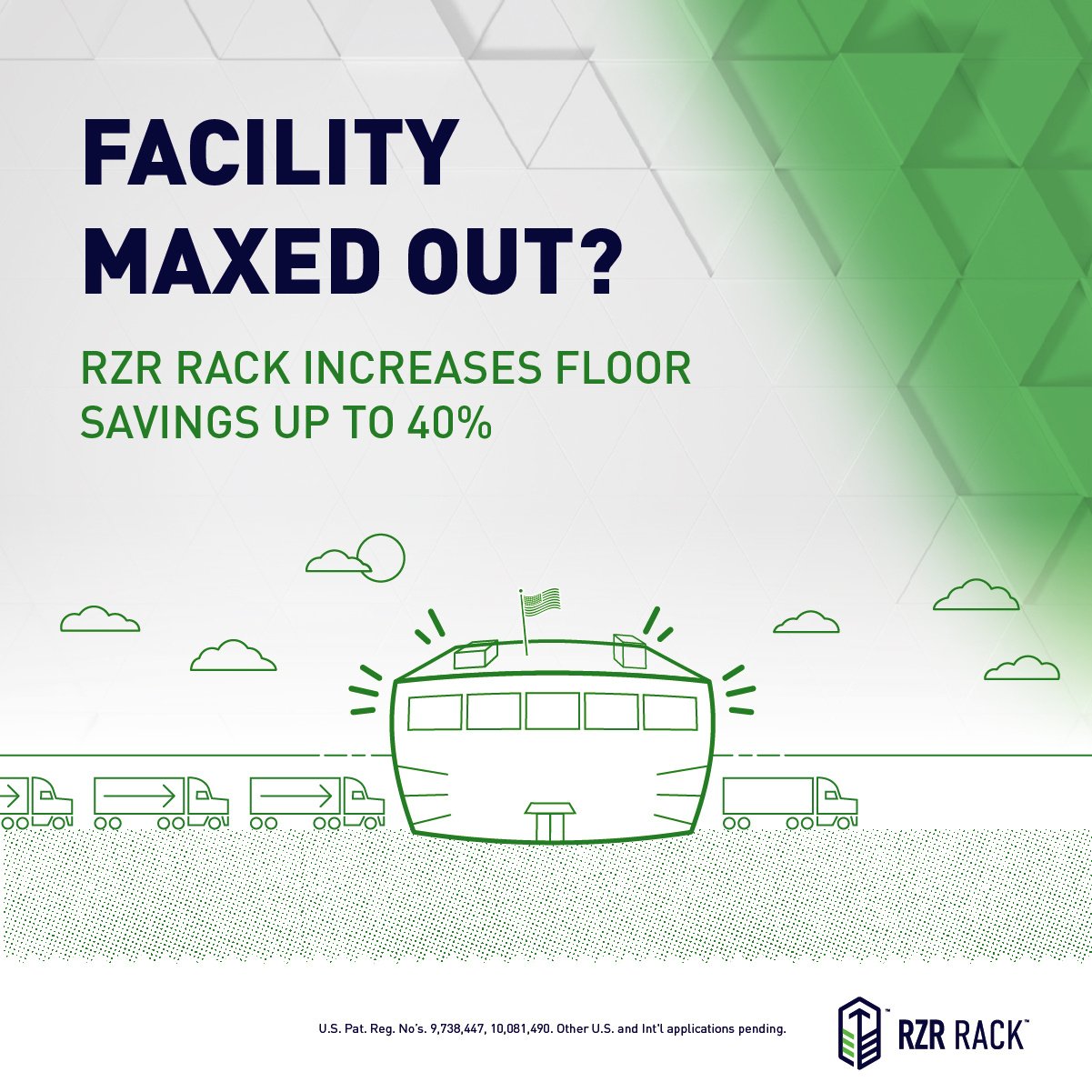In the ever-evolving world of manufacturing, space is one of the most valuable and limited resources. We've previously discussed the challenges of running out of floor space and the complications that arise from utilizing offsite warehouses. But what happens when the space crunch isn't just about storage or warehousing, but directly affects the heart of your operation—your manufacturing lines?
As demand grows and product complexity increases, manufacturers often find themselves struggling to allocate enough space for their production lines. This challenge can severely limit production capacity, efficiency, and ultimately, your ability to meet customer expectations.
In this blog post, we’ll explore the key issues related to space constraints on manufacturing lines and offer insights on how to maximize your existing space to maintain and even improve your operational efficiency.
The Impact of Space Constraints on Manufacturing Lines
1. Limited Capacity for Growth
One of the most significant challenges space constraints pose is the restriction on capacity for growth. When manufacturing lines are cramped or operating at full capacity, it becomes nearly impossible to scale operations without significant disruptions. You might be forced to delay product launches or, worse, turn away new business opportunities because you simply don’t have the room to increase production.
2. Inefficiency and Workflow Disruptions
Tight spaces can lead to inefficiencies in your manufacturing process. Employees have less room to maneuver, leading to bottlenecks, increased time to complete tasks, and a higher likelihood of errors. Additionally, cramped conditions can force you to adopt less-than-ideal workflows, resulting in slower production speeds and decreased overall efficiency.
3. Safety Concerns
Overcrowded manufacturing lines aren't just inefficient—they're also unsafe. Limited space increases the risk of accidents and injuries, as workers have less room to operate machinery, move materials, and perform their tasks. Additionally, tight spaces can hinder emergency evacuation routes, creating potentially dangerous situations in the event of an emergency.
4. Equipment and Maintenance Challenges
Manufacturing lines require regular maintenance to operate at peak efficiency. However, when space is limited, accessing equipment for maintenance can be difficult, leading to longer downtimes and increased repair costs. Furthermore, limited space may prevent you from investing in new, more efficient machinery, as there simply isn’t room to accommodate it.
Strategies to Maximize Space for Manufacturing Lines
1. Optimize Layout and Workflow
One of the first steps to addressing space constraints is to evaluate and optimize your current manufacturing line layout. Consider adopting lean manufacturing principles to reduce waste and streamline your processes. By rearranging equipment, rethinking material flow, and eliminating unnecessary steps, you can free up valuable space and improve efficiency.
2. Implement Flexible Manufacturing Systems
Flexible manufacturing systems, such as modular workstations and adjustable equipment, allow you to reconfigure your manufacturing lines as needed. This adaptability can help you make the most of your available space, enabling you to adjust your production lines quickly in response to changing demand or new product requirements.
3. Invest in Vertical Storage Solutions
When floor space is limited, look to the vertical space in your facility. Investing in vertical storage solutions, such as mezzanines, vertical lifts, and high-density shelving, can free up valuable floor space for your manufacturing lines. These solutions allow you to store materials and equipment above your production areas, maximizing the use of your facility's height. To really maximize you vertical benefit, consider products like the RZR and FLX Racks.
4. Consider Offsite Assembly
While offsite warehouses may present challenges, offsite assembly can be a viable solution to space constraints on your manufacturing lines. By assembling components or subassemblies at an offsite location, you can free up space on your primary manufacturing lines for final assembly and packaging.
5. Partner with Innovative Suppliers
Working with suppliers who understand the challenges of space constraints and offer innovative solutions can make a significant difference. Diverse Global, for example, is committed to providing tailored solutions that maximize efficiency and minimize space usage, allowing you to get the most out of your manufacturing floor.
Conclusion
Space constraints on manufacturing lines are a common challenge, but they don’t have to limit your growth and efficiency. By optimizing your layout, adopting flexible systems, and exploring vertical storage options, you can overcome these challenges and create a more productive and safe manufacturing environment.
At Diverse Global, we’re always looking for opportunities to innovate and help our clients make the most of their available space. If you’re facing space constraints on your manufacturing lines, reach out to us to learn how we can help you find the right solution.
Let’s work together to ensure your manufacturing lines are as efficient and effective as possible, even in the tightest of spaces.

